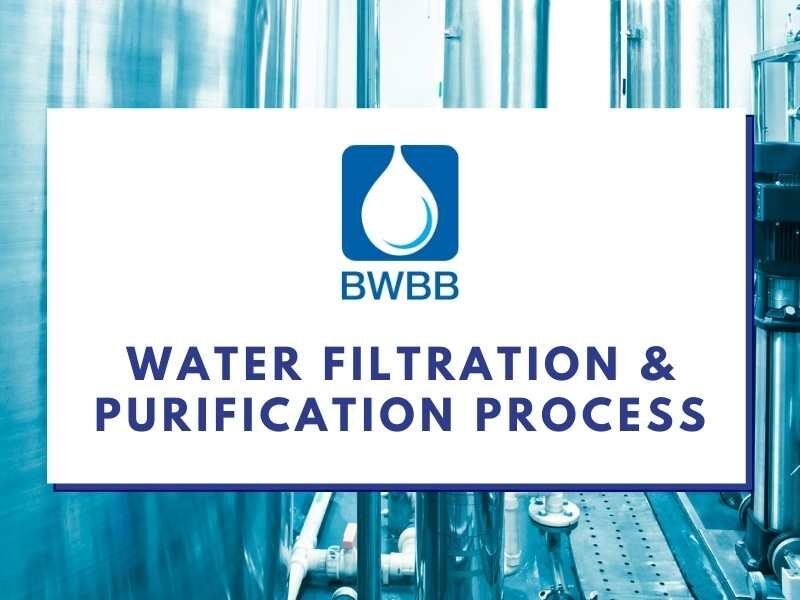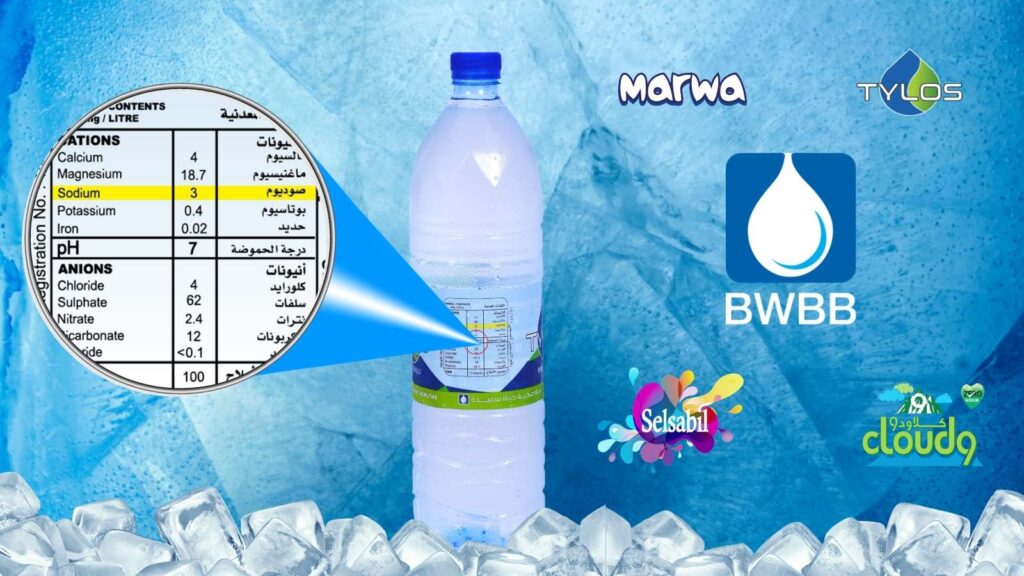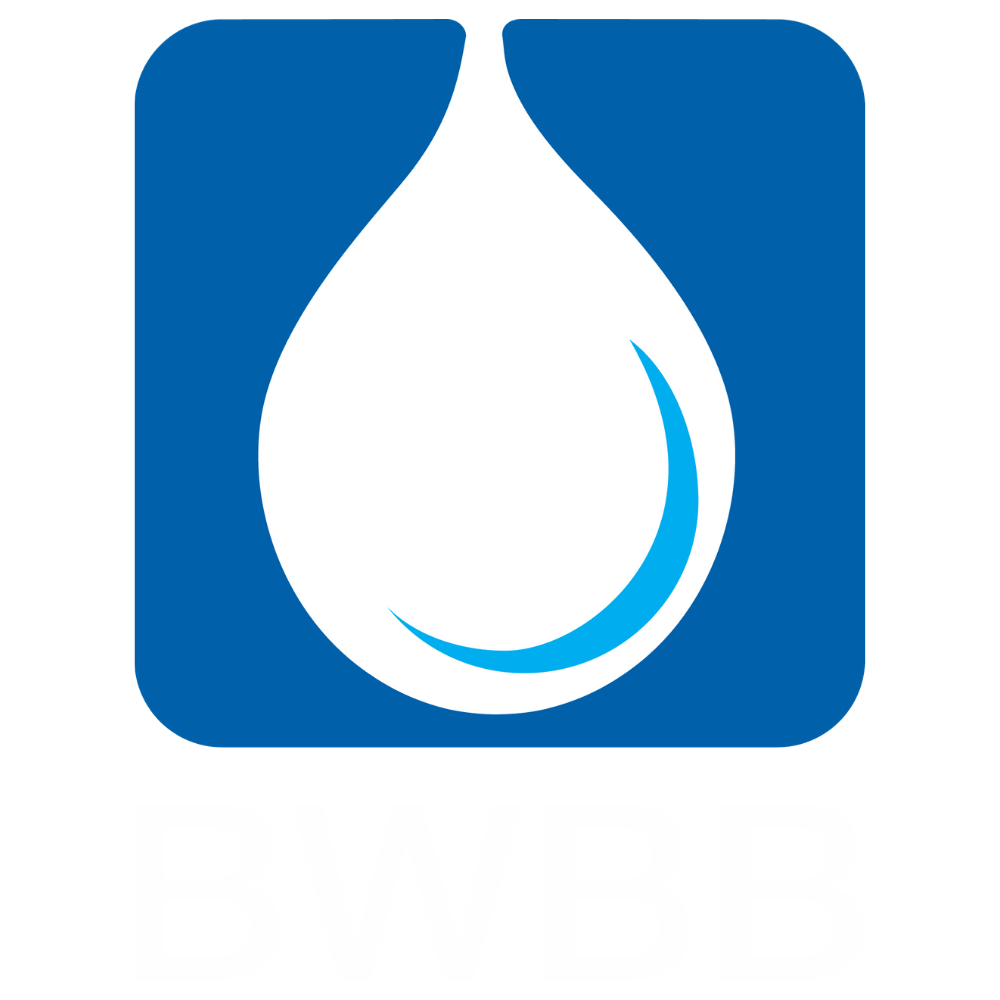
INTRODUCTION
Water purification is the process of removing undesirable chemicals, biological contaminants, suspended solids, and gases from water. The goal is to produce water fit for specific purposes. Most water is purified and disinfected for human consumption (drinking water), but water purification may also be carried out for a variety of other purposes, including medical, pharmacological, chemical, and industrial applications. The methods used include physical processes such as filtration, sedimentation, and distillation; biological processes such as slow sand filters or biologically active carbon; chemical processes such as flocculation and chlorination; and the use of electromagnetic radiation such as ultraviolet light.
Water purification may reduce the concentration of particulate matter including suspended particles, parasites, bacteria, algae, viruses, and fungi as well as reduce the concentration of a range of dissolved and particulate matter.
HISTORY
Water filtration is an essential part of the water treatment process to make water safe for drinking. The earliest forms of water filters can be traced back some 4,000 years ago. During this time, people believed if the water looked clear, it was safe for drinking. However, this tended to result in various forms of illnesses and diseases. To overcome these risks, people started boiling water before drinking it.
In the late 1800s and early 1900s, major advances in water treatment and filtration continued to improve. More and more cities were building water treatment facilities and using several filtration methods, along with chlorine and ozone to help purify the water.
In the 1940s, desalination equipment was invented. This new equipment was especially valuable for troops during WWII and ensured they had access to clean drinking water. Also, during this time, the U.S. Public Health Service created the first standards for drinking water, which led to the approval of membrane filtration processes in 1957.
TYPES OF PURIFICATION
- Boiling
- Filtration
- Reverse Osmosis
- Chlorination
- Distillation
- Boiling is the simplest of all water purification methods. It is effective because it kills 99.9% of all living things and vaporizes most chemicals. It’s a good method to use for water contaminated by living micro-organisms.
Because some bacteria can resist high temperatures, you need to ensure the water boils for 3-7 minutes, depending on your altitude. For people living in high altitude areas, it is recommended to boil your water for longer than water boiled at lower altitudes. This is because water boils at lower temperatures in higher altitudes. - Filtration is a method of physical or mechanical separation of one substance to another in a liquid through a suitable media. Traditionally, this media comprised of sand and granules but modern filtration systems use carbon as the main constituent material of the filter. Many commercial filters use multiple filtration measures to work together, the most common being the activated carbon filter (ACF).
- Reverse Osmosis, commonly referred to as RO, is the perfect solution if you’re looking to improve the taste, odor, and appearance of your water. Reverse Osmosis is a method universally known for its effective purification of seawater. It is a process in which dissolved inorganic solids, such as fluoride, chlorine, lead, and pesticides are removed from water by applying pressure more than the osmotic pressure and pushing the water through a semi-permeable membrane.
- Chlorination is one of the most common water purification techniques that has been in use for many years. Likely, it is because it is easily available, cheap, and effective. Chlorine is a heavy-duty oxidant that swiftly kills many germs, parasites, and other disease-causing organisms found in ground or tap water.
As stated earlier, chlorination is indisputably effective. Nonetheless, if chlorine is added in large quantities, it becomes toxic and poisonous. Therefore, this purification method needs to be deployed sparingly and carefully. Pregnant women are advised NOT to drink chlorinated water.
Noteworthy, chlorination does not decrease physical or chemical contamination in water. Instead, it does increase cholesterol formations, it is carcinogenic, and causes heart disease. - Distillation is one of the oldest methods of water treatment and is still in use today, though not commonly as a home treatment method. It can effectively remove many contaminants from drinking water, including bacteria, inorganic and many organic compounds.
The concept behind purifying water through distillation is pretty simple. Distillation heats the contaminated water until it reaches its relatively low boiling point and begins to vaporize.
Keep in mind that water has a lower boiling point than the contaminants and minerals within it. Therefore, the heat of the water is kept at this temperature to maintain the vaporization process while stopping other elements from vaporizing as well. That vapor is then funneled into a condenser in a separate area from where the process started, where it cools and reverts to its liquid form

PURIFICATION PROCESS IN BWBB
Bahrain Water Bottling & Beverages Company WLL (BWBB) is a pioneer in the Bottled Drinking Water business in Bahrain.
The entire water treatment, bottling and filling process happens in a controlled atmosphere of below 25 ˚C temperature. Product water handling for processing and filling is being transported only through the SS sanitary pipe lines.
The raw water source used for the production has been acquired from the Borewells located inside the factory premises. The borewells sources is being inspected by our Quality control team in a periodic manner to ensure the water quality, water level, environment, working conditions of the borewell pumps and the pipe lines which is carrying water to the raw water tanks. The raw water from the borewells will be stored in a tank near the water treatment plants. The routine sanitation and cleaning activities are being carried out storage facilities with the specified interval.
Raw water from the storage tank will be primarily treated with the multi grade filters, followed by the various sizes of micron filters and Reverse Osmosis membrane technology with double stage. Where the first stage will enormously reduce the unwanted minerals and chemicals from the raw water and the second stage gives the high purity water and the essential mineral level for human consumption prescribed by World Health Organization (WHO) will be injected and the water will be disinfected by UV rays and Ozone gases to provide a long life product and to ensure that the zero harm for the consumer. The processed product water will be tested internally in a regular interval to ensure the food safety and qualities of the products are met asper the GCC standards.
